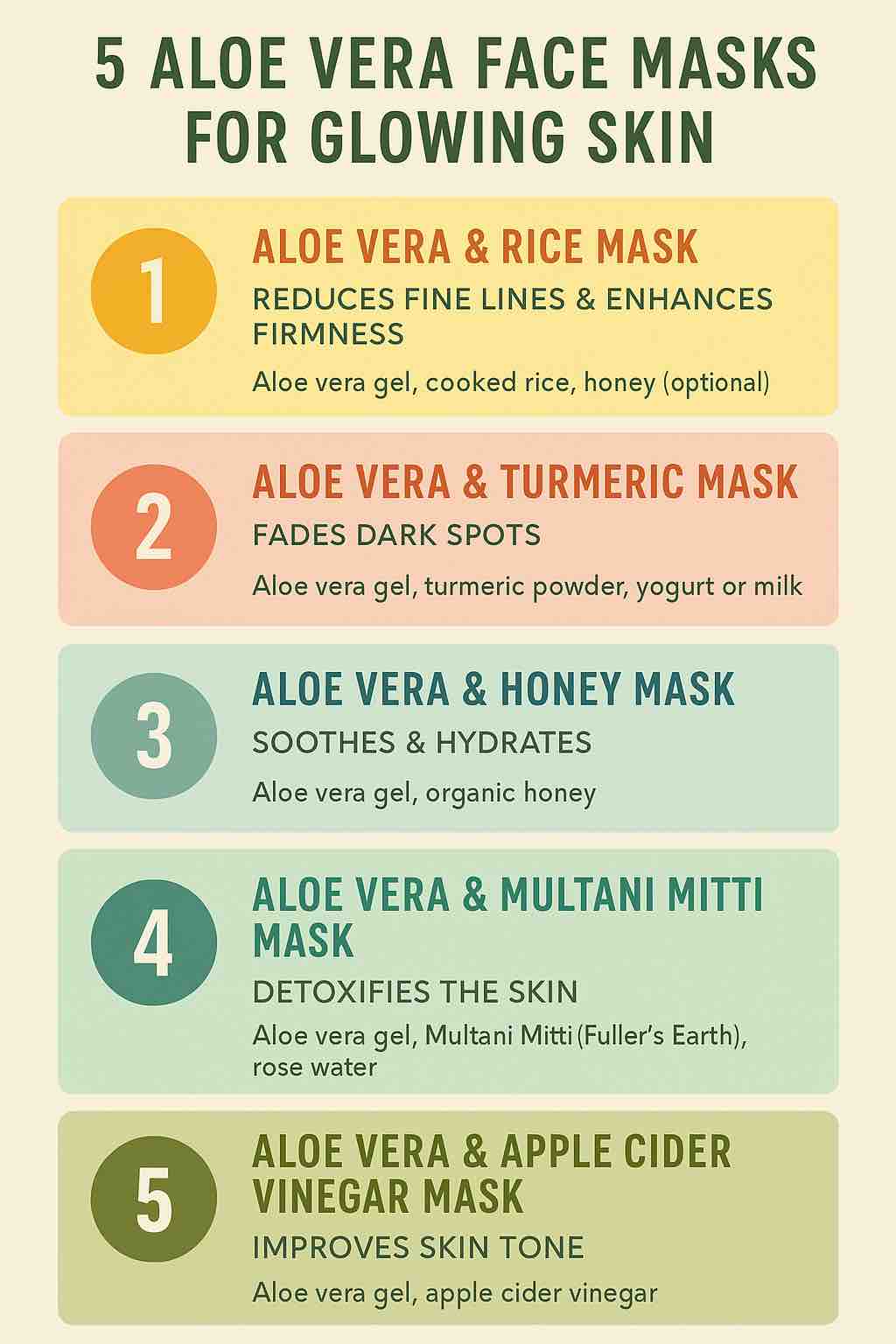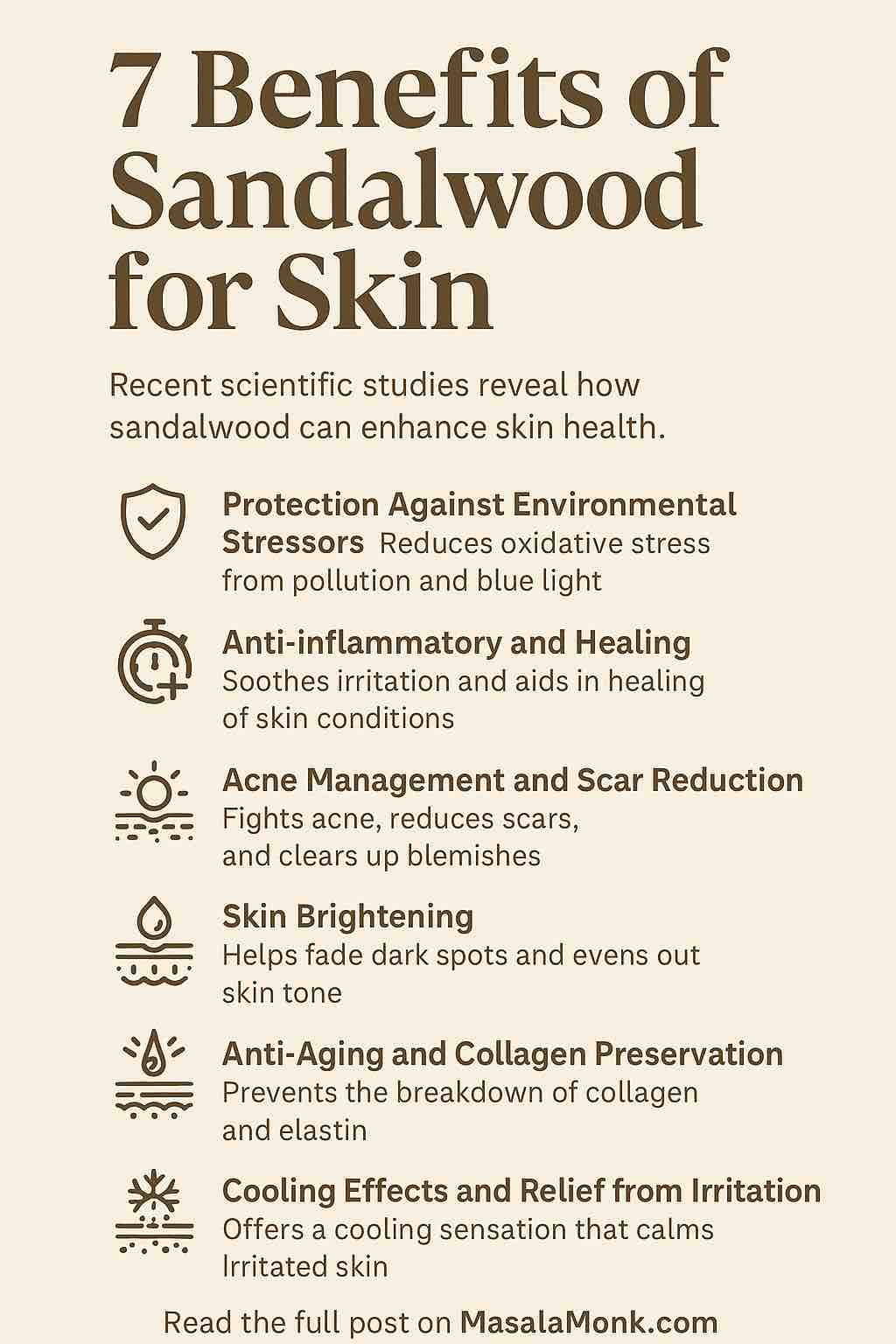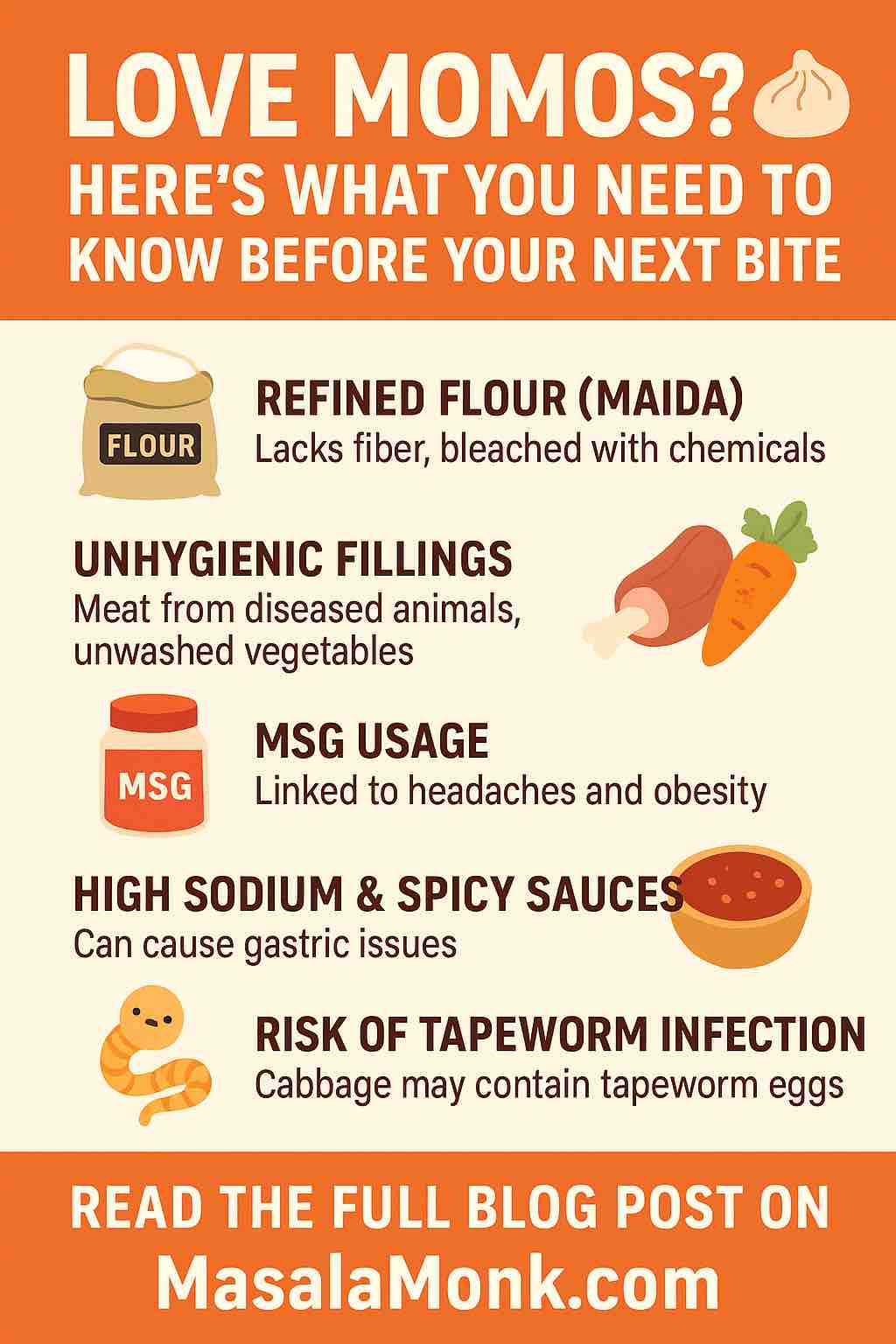
Baileys Irish Cream — that velvety, indulgent blend of cream, whiskey, and cocoa — is more than just a liqueur. It’s a mood. A memory. A master key to thousands of cozy evenings and celebration toasts. And when it comes to mixology, Baileys is not just a solo act — it’s a charismatic team player.
So if you’ve ever asked, “What can I mix with Baileys to elevate it beyond the rocks?” — welcome to the Mixology by Masala Monk guide to Baileys. Let’s shake, stir, and sip our way through some of the most delightful combinations Baileys has to offer.
🍸 Why Baileys Works So Well in Cocktails
Baileys is a rare triple-threat in the mixology world:
- Texture: That luscious creaminess makes it an ideal base or accent for both hot and cold drinks.
- Flavor: Subtle notes of cocoa and vanilla, balanced with Irish whiskey, give Baileys a rich, dessert-like profile.
- Versatility: It plays beautifully with coffee, chocolate, nuts, fruit, and even some surprising savory elements.
The result? Endless opportunities for innovation — and indulgence.
☕ Baileys Meets Coffee: A Match Made in Heaven
Let’s face it — Baileys and coffee are soulmates. Together, they’re the grown-up version of cookies and milk.
1. Baileys Flat White Martini
Espresso meets elegance.
- Ingredients: Baileys, espresso, vodka
- Flavor profile: Bold, creamy, slightly bitter with sweet undertones
- Why it works: The vodka sharpens the edges, the espresso brings depth, and the Baileys rounds everything out into one smooth finish.
2. Baileys Irish Coffee (with a twist)
Forget the usual cream — swap it out for Baileys.
- Pro tip: Use freshly brewed dark roast and a cinnamon stick for a spicy lift.
- Perfect for: Cold evenings, festive mornings, or mid-week indulgence.
🍫 Dessert Cocktails: When Baileys is the Treat
Baileys practically is dessert. So why not go all in?
3. Chocolate Orange S’mores Martini
Your favorite campfire treat, all grown up.
- Baileys, vodka, orange liqueur, crème de cacao
- Rim the glass with crushed graham crackers and torch a marshmallow on top.
- Perfect for: Date nights, cozy fireside evenings, or just a Tuesday pick-me-up.
4. Baileys Tiramisu Cocktail
Why eat tiramisu when you can drink it?
- Baileys, coffee liqueur, mascarpone cream, espresso
- Layered in a glass with a dusting of cocoa powder
- Ideal for: Dinner parties, Italian-themed nights, or an impressive treat for guests
❄️ Refreshing Summer Cocktails with Baileys
Yes, Baileys can be refreshing too — it’s not all about warmth and winter.
5. Baileys Banana Colada
A tropical daydream with a creamy twist.
- Baileys, banana liqueur, pineapple juice, coconut rum
- Serve it over crushed ice with a pineapple wedge
- Why it works: The tropical fruit acidity cuts through the creaminess — creating a perfectly balanced, unexpected cocktail.
6. Baileys & Coconut Water
- Simple, clean, light.
- Add a few mint leaves and crushed ice for extra freshness.
- Surprisingly hydrating and low effort, yet delicious.
🔥 Warm and Cozy: Winter Cocktails with Baileys
When the chill hits, Baileys becomes your best friend.
7. Baileys Hot Chocolate
- Add a shot of Baileys to your hot cocoa
- Top with whipped cream, chocolate shavings, or even chili powder for a spicy edge
- Optional: Add a splash of hazelnut syrup for Nutella-like flavor
8. Baileys Spiced Chai Latte
An Indian twist — courtesy of Masala Monk flair.
- Brew a strong masala chai
- Add Baileys (classic or almond)
- Garnish with a star anise and a pinch of nutmeg
🥃 Reinventing Classic Cocktails with Baileys
9. Baileys White Russian
Move over Kahlúa. There’s a new sheriff in town.
- Vodka, Baileys, and a splash of milk
- Optional: Add coffee liqueur for extra depth
- Serve over ice in a rocks glass — swirl slowly and enjoy the marbled magic.
10. B-52 Shot
- Kahlúa (bottom), Baileys (middle), Grand Marnier (top)
- Layered with a spoon for a stunning visual effect
- Sweet, creamy, and citrusy all at once — a party favorite.
🧪 Masala Monk’s Mixology Tips for Working with Baileys
- Don’t over-shake: Cream-based liqueurs can curdle if over-shaken or mixed with high-acid juices like lemon or lime.
- Glass matters: Serve Baileys cocktails in elegant coupe glasses, rocks glasses, or layered shot glasses for visual appeal.
- Use flavored Baileys: Salted caramel, espresso crème, and almond variants can add new dimensions.
- Garnish wisely: Nutmeg, cinnamon, cocoa, mint, or even edible flowers can elevate the experience.
💡 Pro-Level Pairings & Unexpected Twists
- Baileys + Matcha: Earthy meets creamy. Add matcha powder to hot milk, then blend with Baileys.
- Baileys + Peanut Butter Whiskey: Dessert bomb in a glass.
- Baileys + Amaretto: Almond and cream for an Italian-style after-dinner drink.
📝 Final Sip: Baileys is Your Blank Canvas
Whether you’re a casual sipper or an experimental mixologist, Baileys offers a base that can adapt to your mood, season, or occasion. It’s indulgent, yes — but also incredibly flexible. You don’t need to be a trained bartender to make something beautiful with it. Just a few ingredients and a little inspiration from the Masala Monk mindset — where global flavors meet homegrown charm.
📸 Share Your Creations!
Tried one of these recipes or invented your own Baileys-based cocktail? Tag @MasalaMonk and use #BaileysByMasalaMonk — we’d love to see your mixology magic!
📌 FAQs: Baileys Mixology by Masala Monk
1. Can Baileys be mixed with citrus or acidic juices?
Not recommended. Baileys contains dairy, which can curdle when mixed with acidic ingredients like lemon or orange juice. Stick to low-acid mixers like coffee, chocolate, or cream-based liqueurs.
2. Can I mix Baileys with soda or tonic water?
It’s not ideal. Carbonated mixers, especially tonic or citrus sodas, may cause curdling. If you want something bubbly, use cream soda or root beer — but mix gently and serve immediately.
3. Is Baileys gluten-free or dairy-free?
Classic Baileys contains dairy and is not dairy-free. However, they do offer a Baileys Almande variant made with almond milk, which is suitable for vegans and dairy-sensitive drinkers.
4. How should I store Baileys after opening?
Store Baileys in a cool, dark place, preferably in the fridge. It does not require refrigeration but keeping it chilled helps maintain flavor and texture. Consume within 6 months after opening.
5. Can I use Baileys in baking or desserts?
Absolutely! Baileys is fantastic in desserts — think Baileys cheesecake, truffles, tiramisu, or even drizzled over ice cream. It adds a creamy, slightly boozy twist to sweet dishes.
6. Can I drink Baileys straight or should I always mix it?
Baileys is delicious on its own, served over ice. It’s also a great base for cocktails. Whether you sip it neat or mix it into drinks or desserts, it’s all about preference.
7. What’s the alcohol content of Baileys?
Classic Baileys has an ABV (alcohol by volume) of 17%, making it relatively low in alcohol compared to spirits like vodka or whiskey — but stronger than wine or beer.
8. What flavors of Baileys are available?
Besides the original, Baileys offers exciting variants like:
- Salted Caramel
- Espresso Crème
- Strawberries & Cream
- Almande (dairy-free)
- Red Velvet
- Apple Pie (limited edition)
Each brings unique cocktail possibilities.
9. Can I mix Baileys with whiskey or vodka?
Yes! Baileys works well with spirits like vodka, whiskey, and coffee liqueurs. Use it in drinks like the Flat White Martini or Baileys White Russian for richer depth and body.
10. Is Baileys suitable for vegans or lactose-intolerant people?
The original Baileys contains dairy and is not vegan. However, the Baileys Almande variant is plant-based and dairy-free, made from almond milk — suitable for vegans and many lactose-intolerant individuals.














